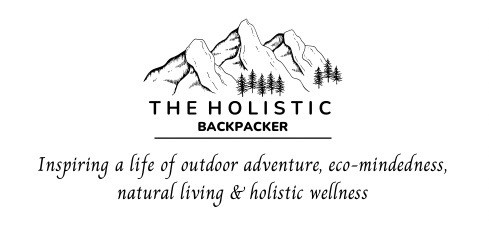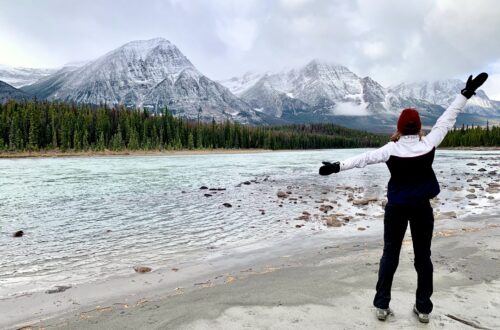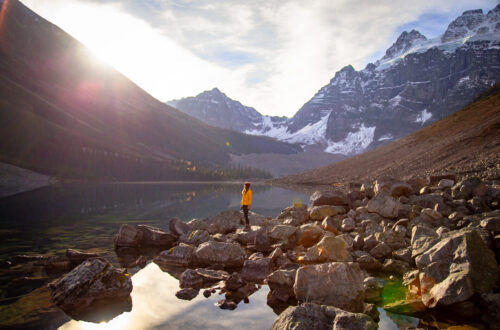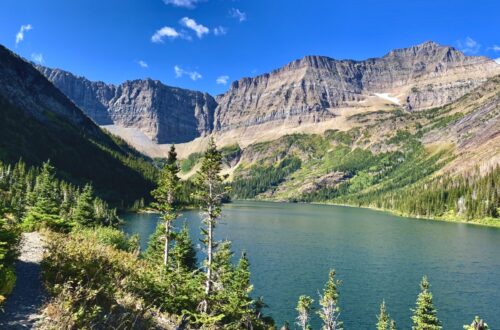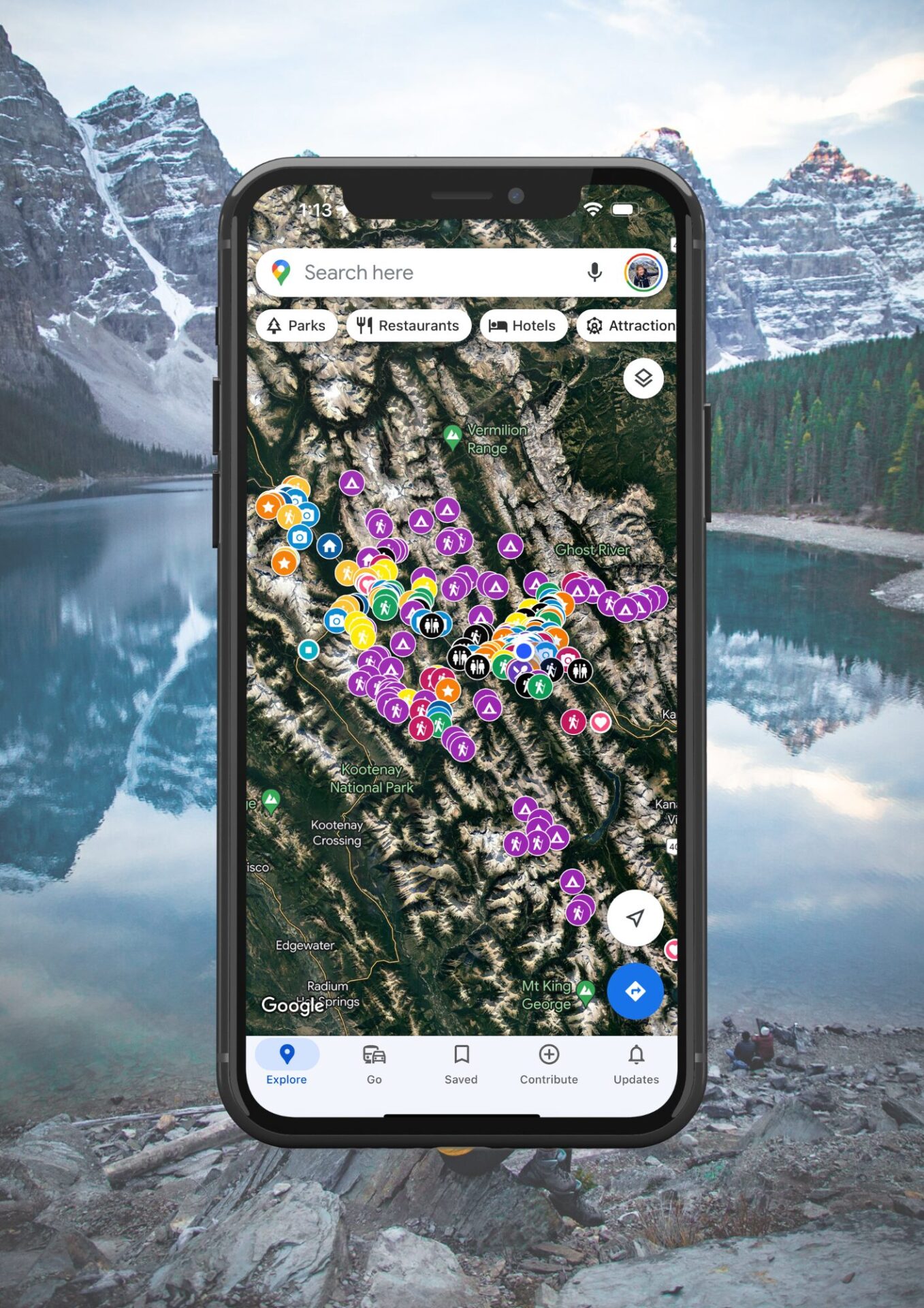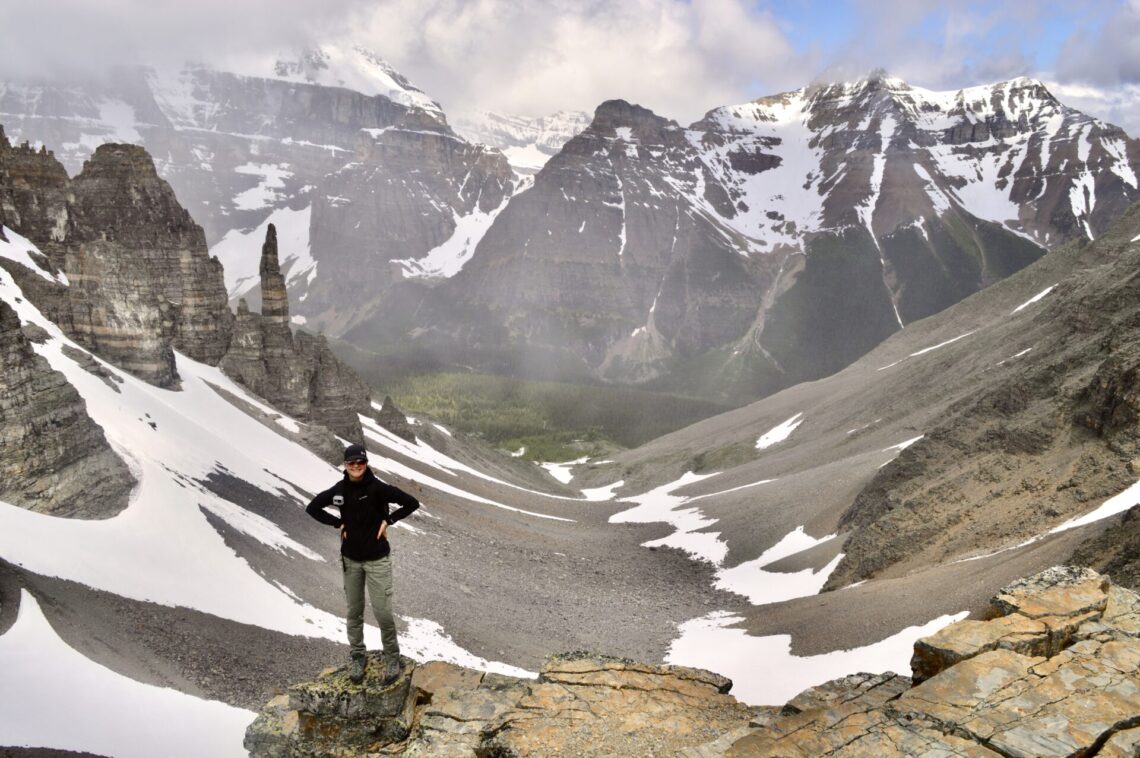
Larch Valley & Sentinel Pass Hike at Moraine Lake
The Larch Valley to Sentinel Pass hike is a beautiful trek near Moraine Lake that features 2 alpine lakes, a stunning valley, and of course… Banff’s enormous Rocky Mountains.
The Larch Valley hike is ideal in fall as the valley is full of golden Larch trees, but the summer months feature lush vegetation and much warmer temperatures. The extension to Sentinel Pass adds a bit of a challenge, but it takes you to a mountain pass which has some unique rock towers.
If you’re visiting Moraine Lake I’d recommend at least completing the Larch Valley hike and continuing on to Sentinel Pass if you’re up for the challenge.
Now, let’s go hiking!
Skip Ahead:
- How to get to Sentinel Pass trailhead
- Where to stay in Lake Louise
- About Sentinel Pass trail
- Hiking to Sentinel Pass
- Hiking gear for the Rockies
- What to wear hiking in the Rockies
- Tips for a successful hike
As you read this post, please consider clicking the links throughout. These are affiliate links which means when you book a hotel or purchase a product, I make a small commission at no additional cost to you (full disclosure). These commissions fund The Holistic Backpacker and help me write more blog posts.
Thank you for supporting my work!
Related Content
- 50+ Things to do in Banff in summer
- Lake Louise Circuit: Hike everything at Lake Louise in 1 day
- Discover more Banff trail guides
- Complete guide to the Icefields Parkway
- Step-by-step guide for planning a trip to Banff
- What to wear hiking in Banff
- Hiking gear guide for Banff
How to Get to the Sentinel Pass Trailhead
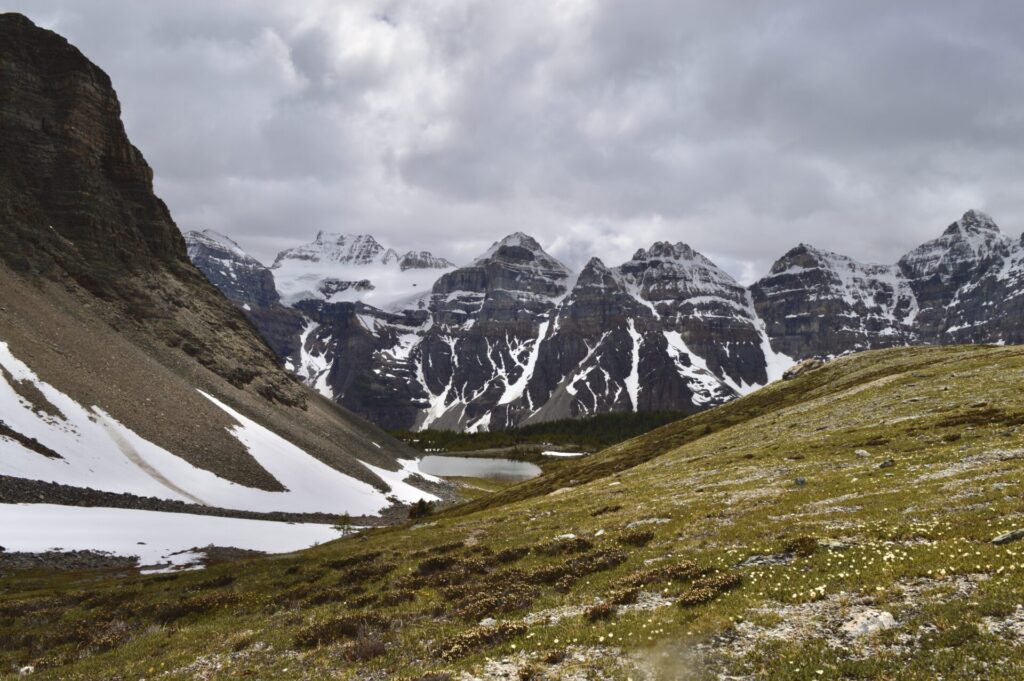
As of 2023 the Moraine Lake road closed to personal vehicles. The only way to access Moraine Lake is via the following: public bus, private shuttle, or 12km (one-way) bike ride. You can read this post to learn more about how to get to Moraine Lake with the new road closures in place.
ps – if you want to see Moraine Lake at sunrise, the Moraine Lake Bus Company is the only company offering sunrise shuttles.
Where to Stay in Lake Louise
- Luxury Stays – the Fairmont Chateau Lake Louise is the most iconic hotel in Banff. Staying here gives you direct access to Lake Louise, local hiking trails, and on-site parking. The Moraine Lake Lodge is a hard-to-book, but beautiful cabin stay located directly next to Moraine Lake. Staying here gives you the ability to drive your own car to the lake, meals are included and so are the pricey canoe rentals. Book this hotel as far in advance as possible.
- Mid-range stays – Paradise Lodge & Bungalows is located a mere 500m from Lake Louise, but it comes in at a much lower price point than the Fairmont Chateau. Alternatively, the Lake Louise Inn offers the best value in town.
- Budget stays – HI Lake Louise is the only hostel in town.
- Camp – reservation info.
A popular choice among travellers is to spend the day in Lake Louise, but lodge in Banff. There are more things happening in Banff opposed to Lake Louise such as restaurants, bars, events, etc. Here are my top Banff lodging recommendations:
- Hostels – HI Banff, Banff International, and the Samesun Banff (best location of the hostels and it has a great bar/restaurant).
- Budget stay – Bow View Lodge and Irwin’s Mountain Inn.
- Mid-range stay – Banff Park Lodge, Banff Caribou Lodge & Spa, and the High Country Inn.
- Luxury stay – the Fairmont Banff Springs and the RimRock Resort.
Travellers often also lodge in Canmore during their stay which is 20 minutes from Banff. Lodging in Canmore is often cheaper and more available than lodging in Banff; especially during high season.
About Sentinel Pass Trail
- Distance: 11.1km
- Elevation gain: 799m
- Rated: hard
- Type of trail: out & back
- Estimated time: 4.5hrs
Alternate Route – you can reach Sentinel Pass via the Paradise Valley trailhead. This route will take 27km+ roundtrip to complete if you hike it as an out-and-back trail OR 20km if you hike directly to Moraine Lake as a point to point trail. This route also gives you the chance to see the Giant Steps.
The Larch Valley and Sentinel Pass hike at Moraine Lake is well trafficked and easy to follow. Hikers can expect to find snow at Sentinel Pass until late in the season which is why it’s recommended to bring micro-spikes.
The trail starts out in a wooded area that follows switchbacks up the mountain; here you’ll gain steady elevation. Next, hikers will emerge into Larch Valley which is flat and features beautiful views of Valley of the 10 Peaks and Minnestima Lakes. The final section of this hike is a slog up Sentinel Pass. This section is steep and will definitely test your limits!
This is a great hike for those looking to “up” their hiking game in the Rocky Mountains as there are lots of people, there’s no scrambling, and the hike itself isn’t too challenging. This is by far my favourite hike at Moraine Lake!
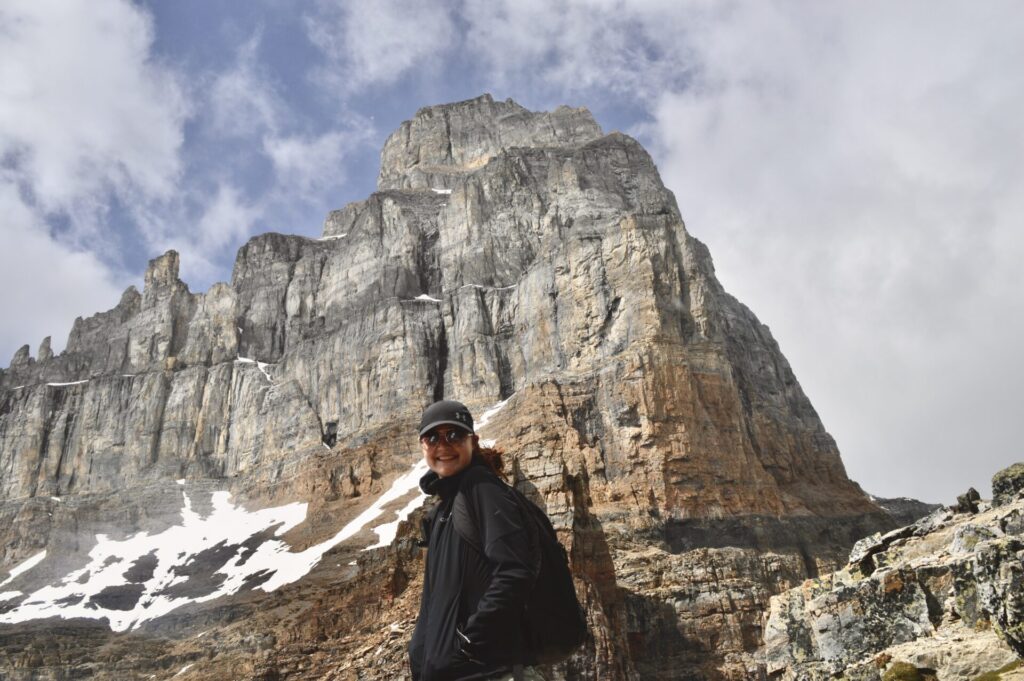
Connect via socials:
Sign up for emails to receive a 25% discount on my travel maps + occasional updates on new hiking guides & travel resources.
Taylor ♡
Hiking To Sentinel Pass
Sentinel Pass Trailhead to Larch Valley
The Sentinel Pass hike starts out at Banff’s beautiful Moraine Lake. From the parking lot you’ll want to walk straight past the Moraine Lake Lodge and follow the trail signs for Larch Valley.
More: How to Get to Moraine Lake with the New Road Closures
You’ll initially be following switchbacks up the mountains in a forested area, however there’ll be a few instances where you’ll see Moraine Lake peeking through the trees. You’ll notice that Moraine Lake gets significantly bluer the higher you hike up!
The switchbacks last for 2.4km. Once you reach the end you’ll find a fork in the trail; you can hike left for Eiffel Lake or right for Sentinel Pass. 0.8km past this the trail will split one more time where hikers can go left for Eiffel Peak or right for Sentinel Pass.
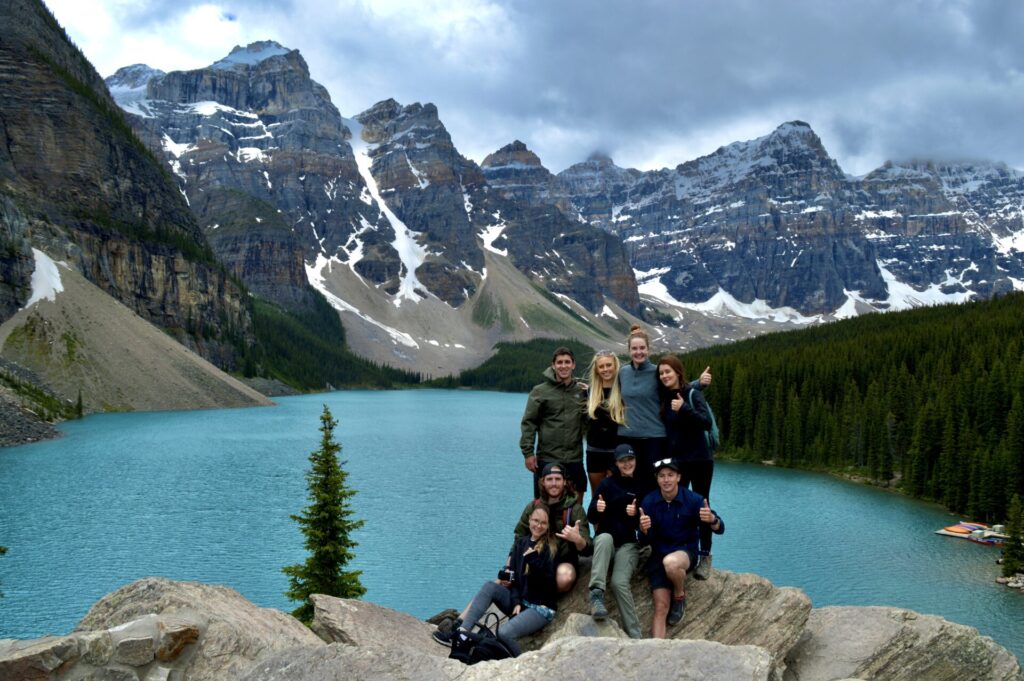
Larch Valley
Shortly after the forks in the trail, you’ll emerge into the gorgeous Larch Valley. For those new to hiking, you have the option of skipping Sentinel Pass entirely and only completing the Larch Valley hike. I can assure that you won’t be disappointed if you only hike to the valley!
During summer you’ll find lush green Larch trees backed by the picturesque Valley of the 10 Peaks, but in Fall these Larch trees turn yellow and the whole Valley has a beautiful golden hue.
Larch Valley is flat for the most part, so this is an excellent place to stop, have a snack, and rest up before continuing on to Sentinel Pass.
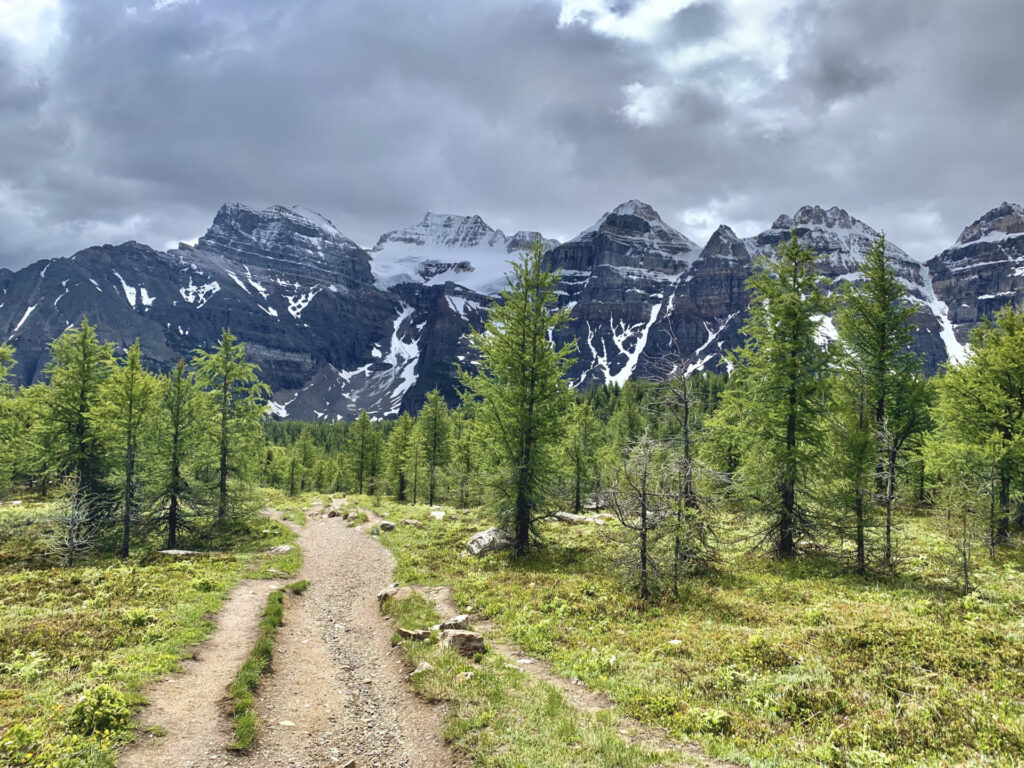
Minnestima Lakes
Before the final ascent, you’ll notice the Minnestima Lakes. There are typically a few of these lakes scattered around the area, however when I hiked to Sentinel Pass there was still lots of snow which meant most of the lakes were still covered.
I did grab some water from the biggest Minnestima Lake though – man oh man was that the freshest water I’ve ever tasted!
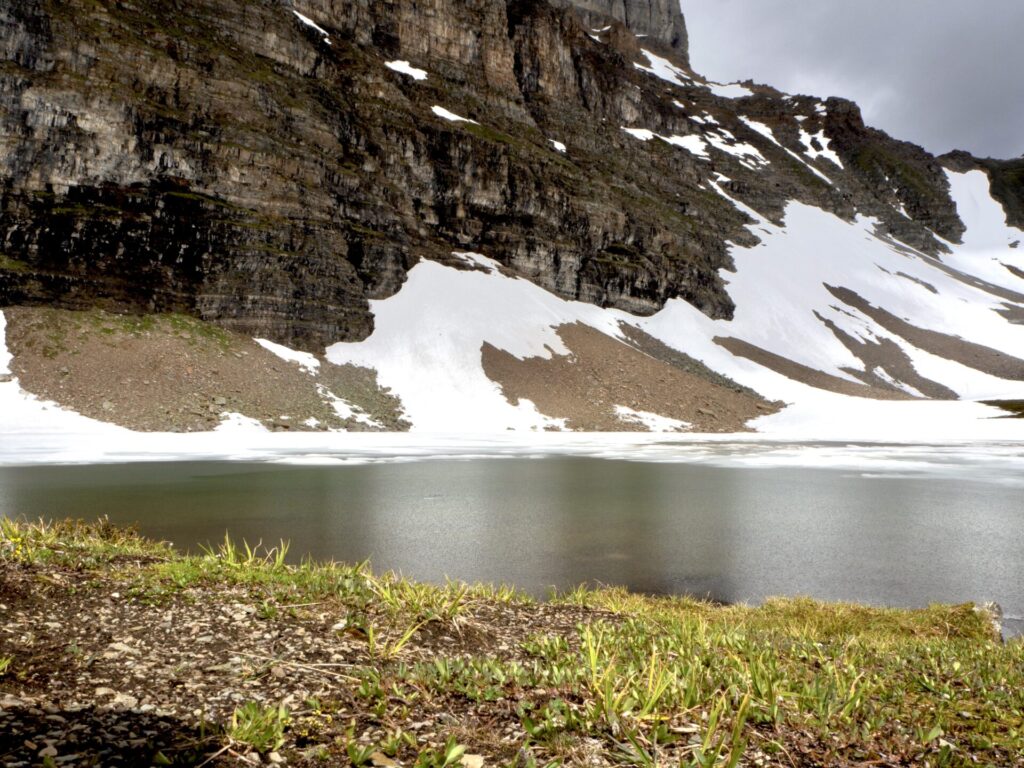
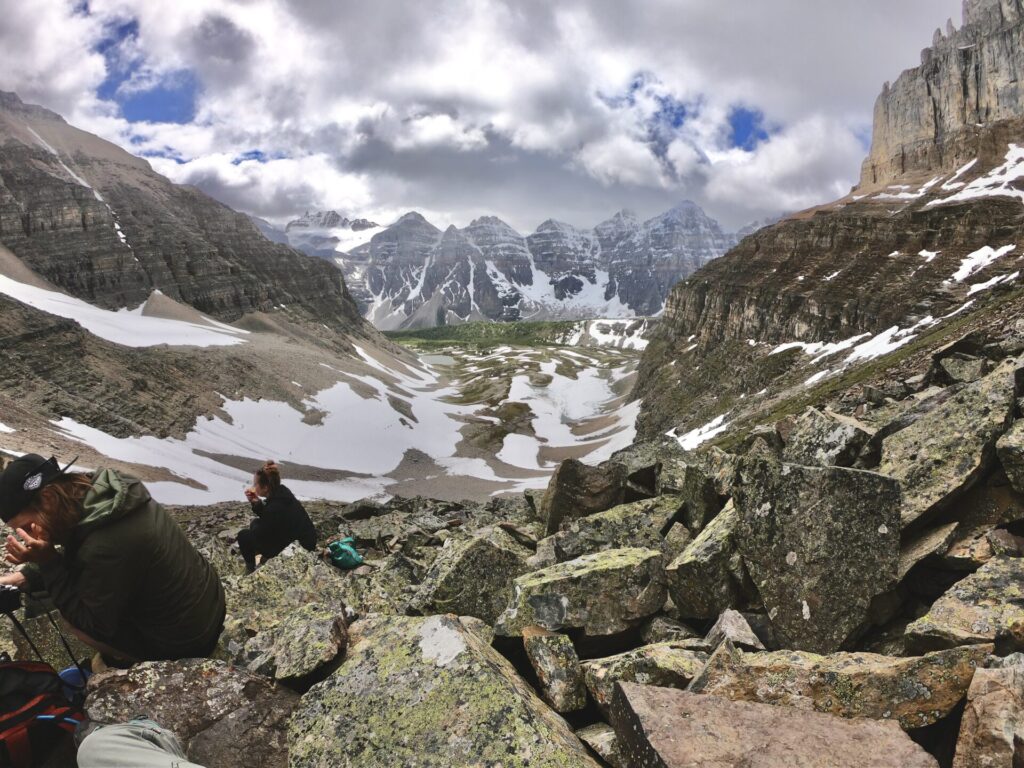
Final Ascent: Sentinel Pass
The final trudge up Sentinel Pass is steep and it was covered in snow when I hiked it. For reference, my friends and I completed the Sentinel Pass hike in July. Micro-spikes are definitely recommended if you plan on hiking this before then.
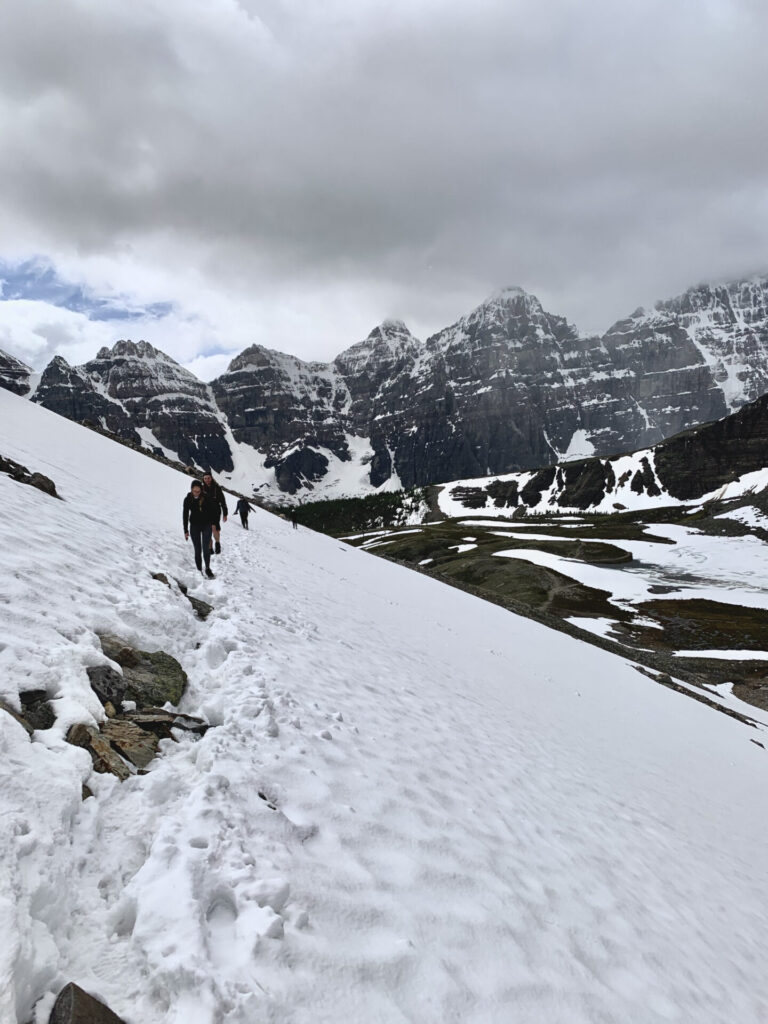
You’ll follow a few switchbacks up the final section which is nice because it breaks up the elevation.
Something I’d definitely recommend is waiting until you reach the pass to look back at the view down Larch Valley… It only gets better the higher you hike up!
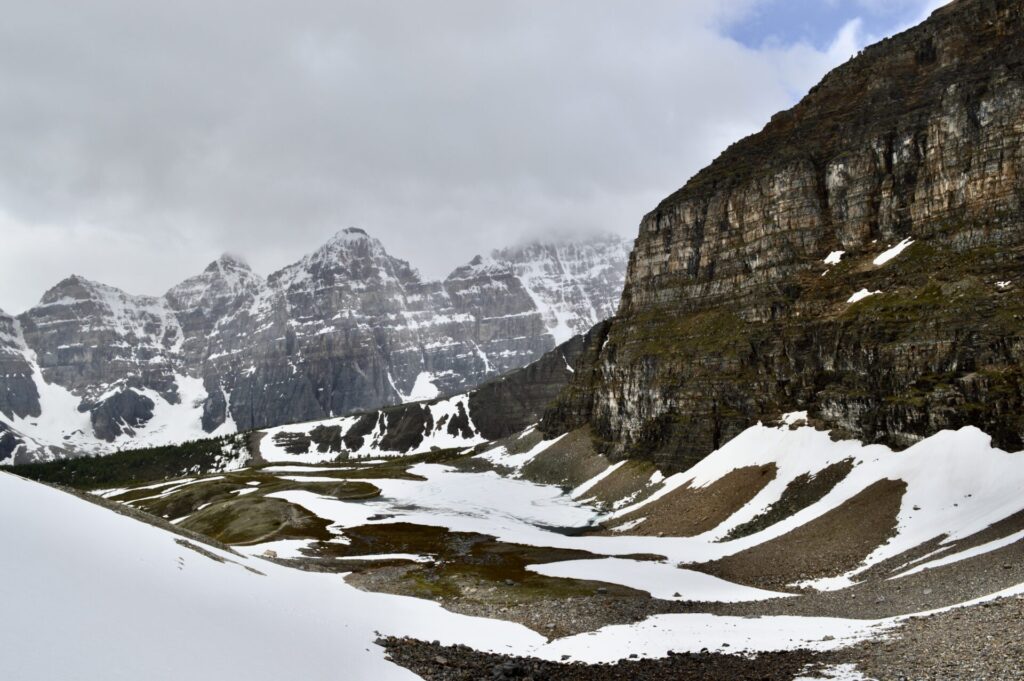
What To Expect at Sentinel Pass
No matter the time of year you complete the Sentinel Pass hike you’ll want to bring warm layers; it’s DAMN cold up there! This was one of my first “higher elevation” hikes when I moved to Banff, and I definitely didn’t dress appropriately. My hoody and spring jacket were not the best combo for snowy mountain hiking.
I’ve since learned from my experience and have discovered that a puffer jacket or fleece accompanied by a waterproof jacket are the best layers for hiking the Rockies. I have the jackets I use linked here, but I also go over everything I wear hiking in detail here.
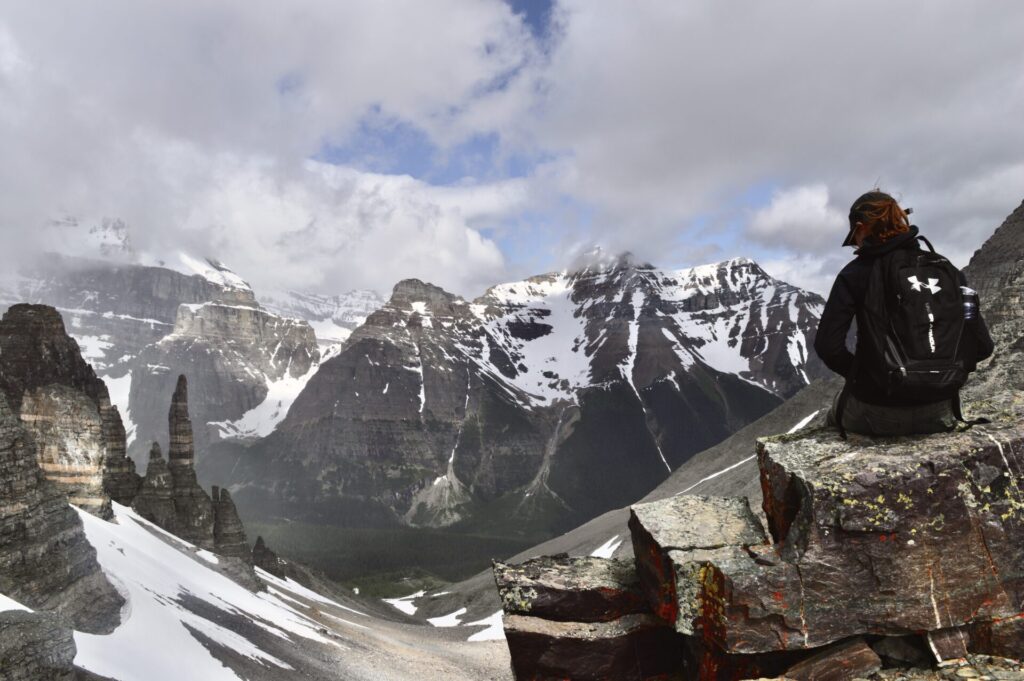
Something really interesting you’ll see from Sentinel Pass are a few hoodoo style rocks. These are not common in Banff, however you can find lots at Writing on Stone Provincial Park.
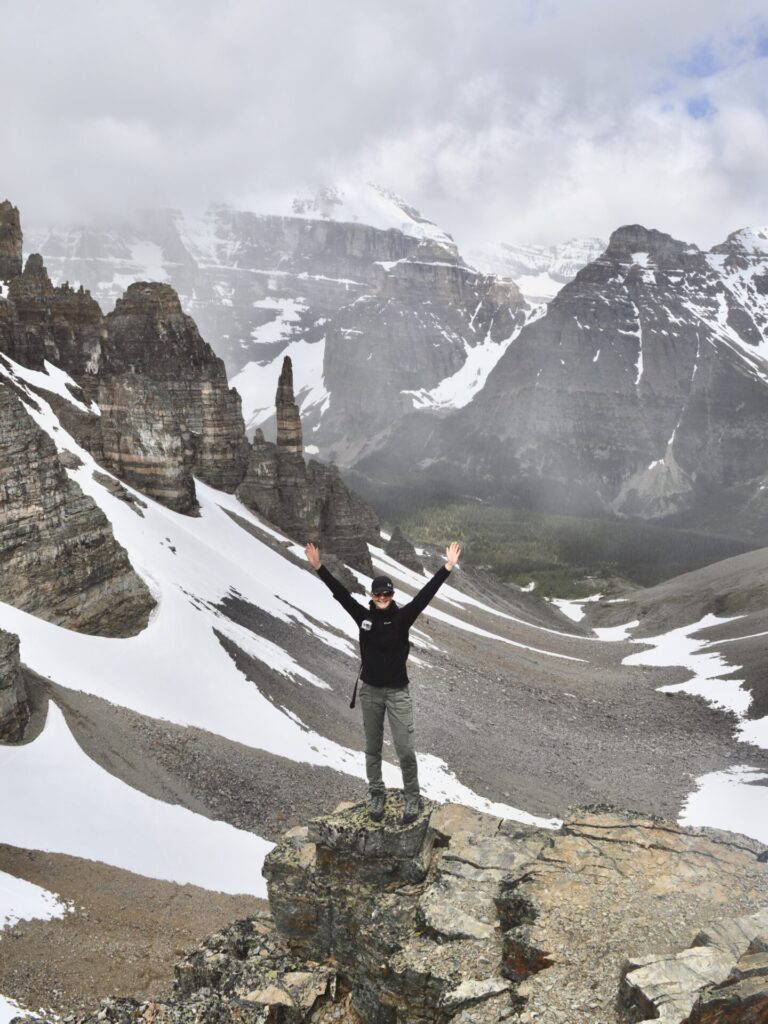
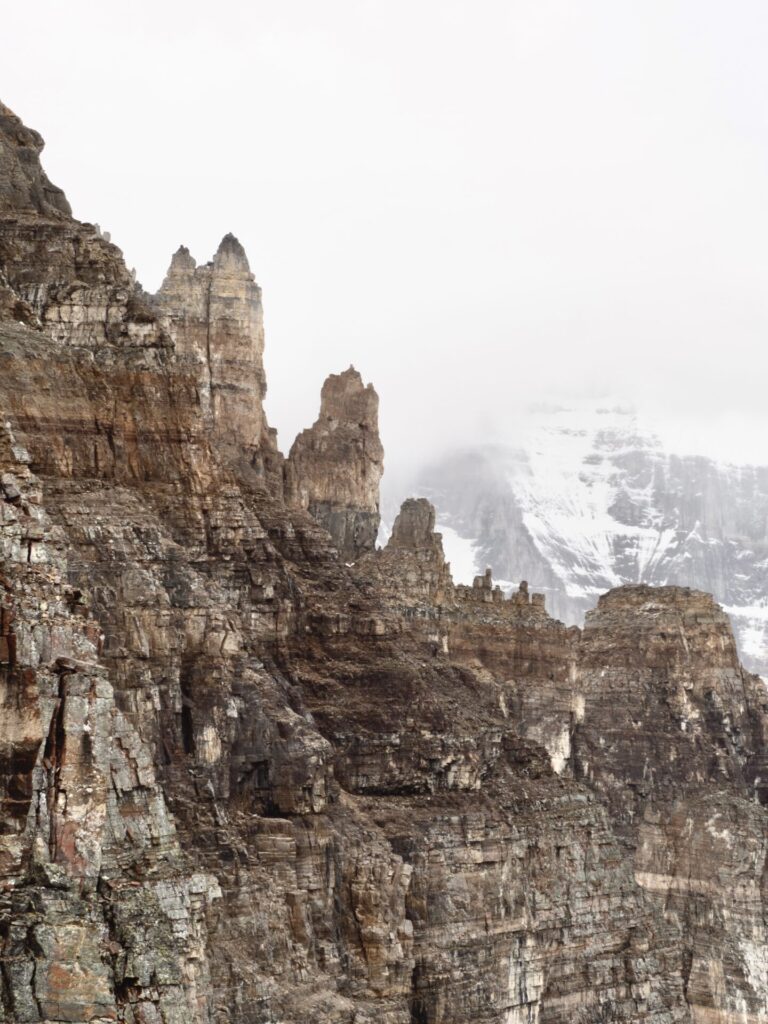
You can also expect to find lots of little chipmunks who love to steal your snacks at Sentinel Pass.
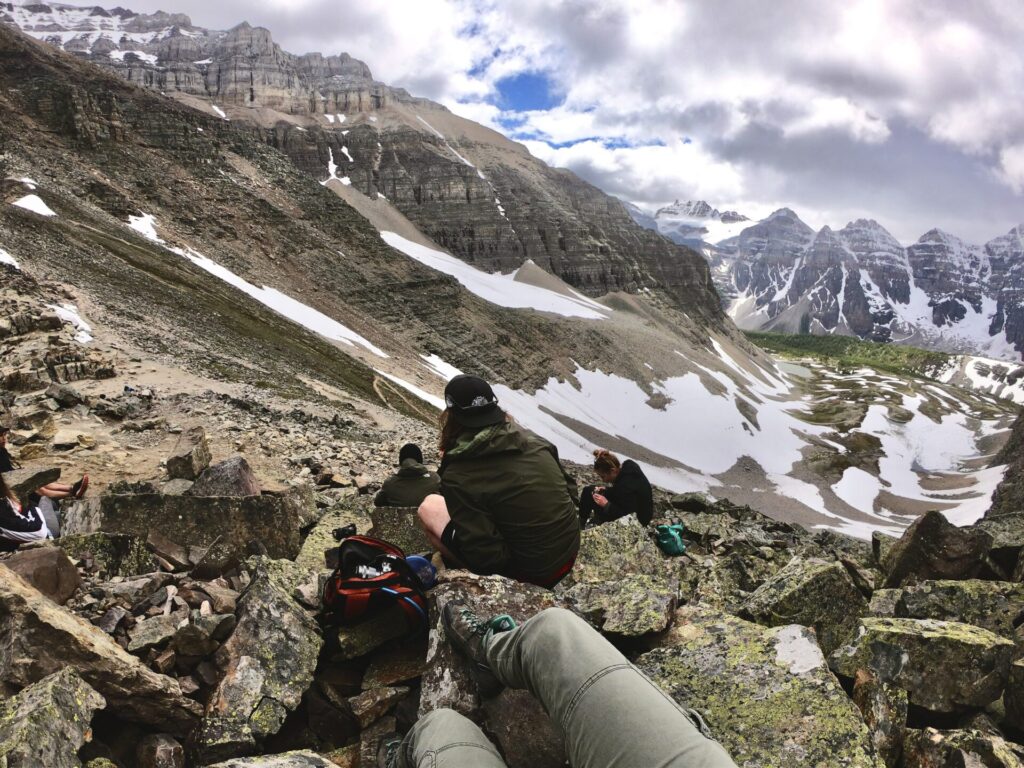
From Sentinel Pass you have one final option to extend your hike; Mount Temple. This is the biggest, baddest mountain in Banff and is only recommended for experienced adventurers with scrambling/rock climbing experience.
Here’s one hiker’s experience summiting Mount Temple.
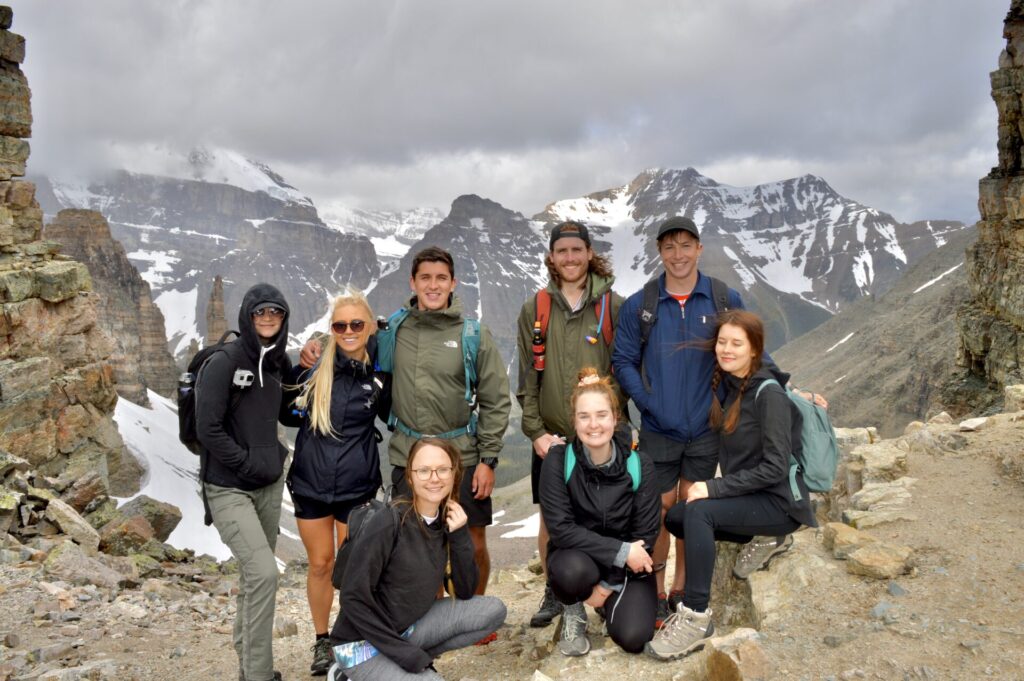
Return Hike
On the way down from Sentinel Pass a few of my friends actually slid right down the snow rather than walking down! This was quite funny to watch, but I was nervous that I’d pickup too much speed and get hurt. I totally chickened out and made the long walk back instead.
On the return hike make sure you visit the little stream that flows down from the mountaintops and the Minnestima Lakes. You can find it by hiking more to your right on the way back from Sentinel Pass.
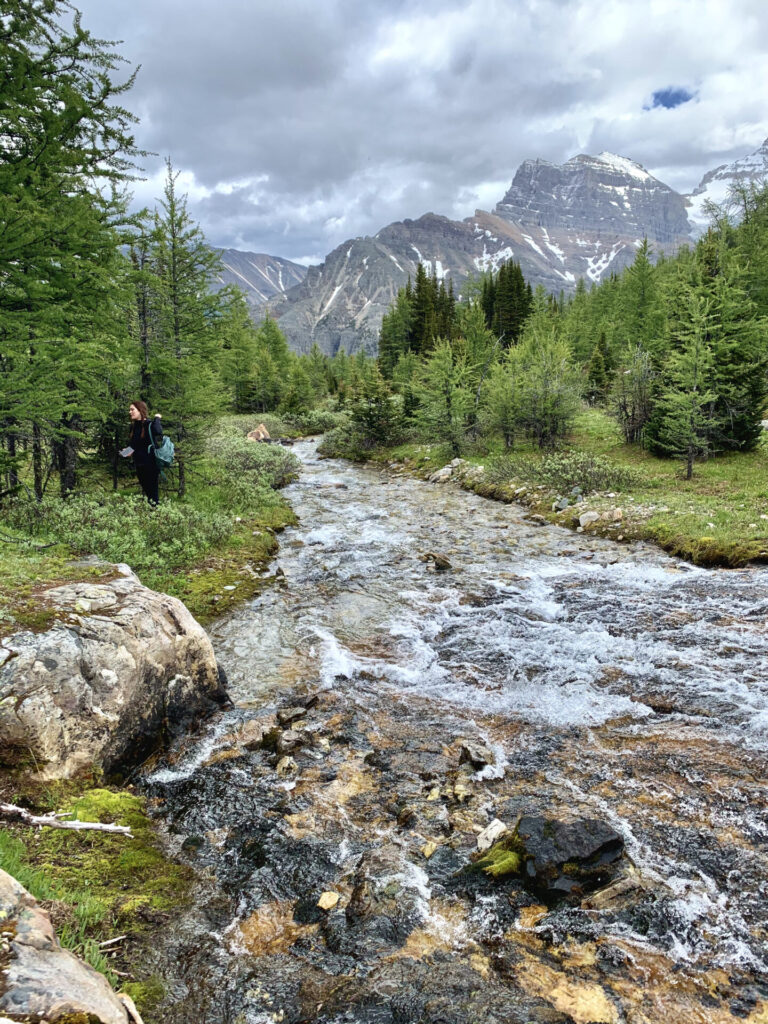
Next I’ll go over what to wear hiking in the Rockies, hiking gear for the Rockies, as well as tips for a successful hike and the best places to stay in Banff.
Looking for More Banff Adventures?
Banff is an adventurer’s & view seeker’s paradise. If you’re planning a trip to this gorgeous Canadian Park, you can start with this step-by-step guide designed to help you plan the perfect Banff itinerary.
Alternatively, check out this page with all my Banff resources.
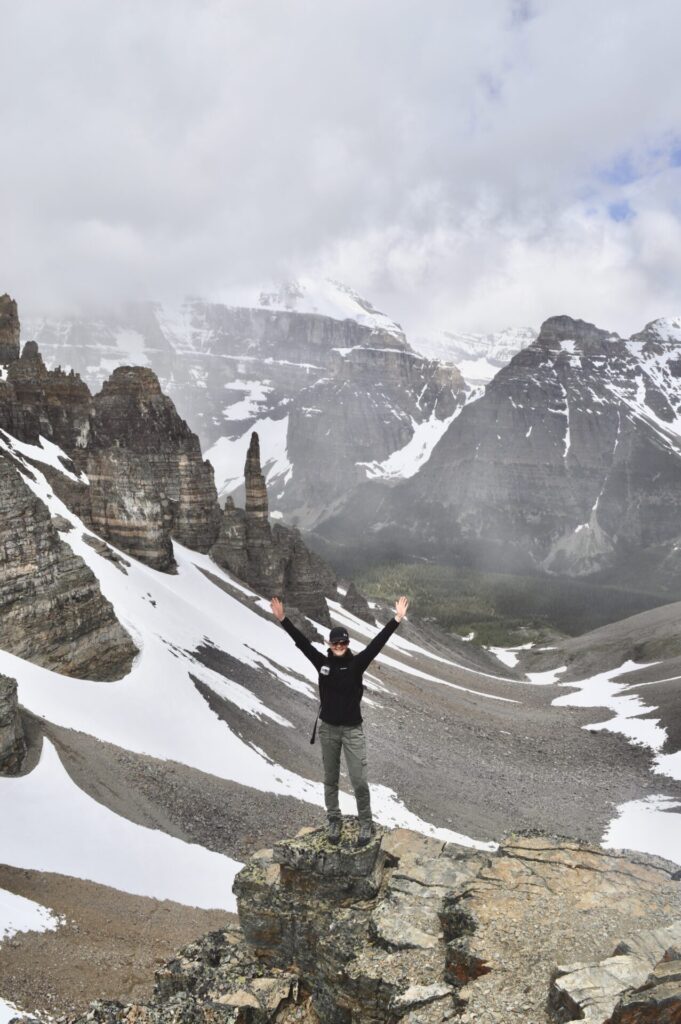
Banff Hiking Resources
On this page you can find all my Banff trail guides. A few signature hikes in Banff are these easy trails, Tunnel Mountain, Sulphur Mountain, Lake Louise, and Johnston Canyon. If you’re only in Banff for a few days, start with those!
A few of my personal favourite hikes in Banff are Mount Bourgeau, Sentinel Pass, Tower of Babel, the Banff Skoki Loop, and the Sulphur Mountain Traverse Route.
More Banff Resources you Might Find Interesting:
Want to continue your Canadian Rockies expedition outside of Banff? Check out my trail guides & travel resources for British Columbia and Kananaskis Country as well as Jasper, Waterton, Yoho, and Kootenay National Parks 🙂
Tips For A Successful Hike
- Read this post for information about how to get to Moraine Lake with the new road closures in place
- Book a sunrise shuttle to see the pretty morning light + get an early start
- Dress warm! I hiked to Sentinel Pass in July and there was still lots of snow. I recommend these layers for hiking in the Rockies
- The Larch Valley hike is perfect for fall because the Larch trees turn yellow
- This is a very popular hike, so if you want to avoid crowds of people start early
- Bring micro-spikes for extra grip in the snowy section
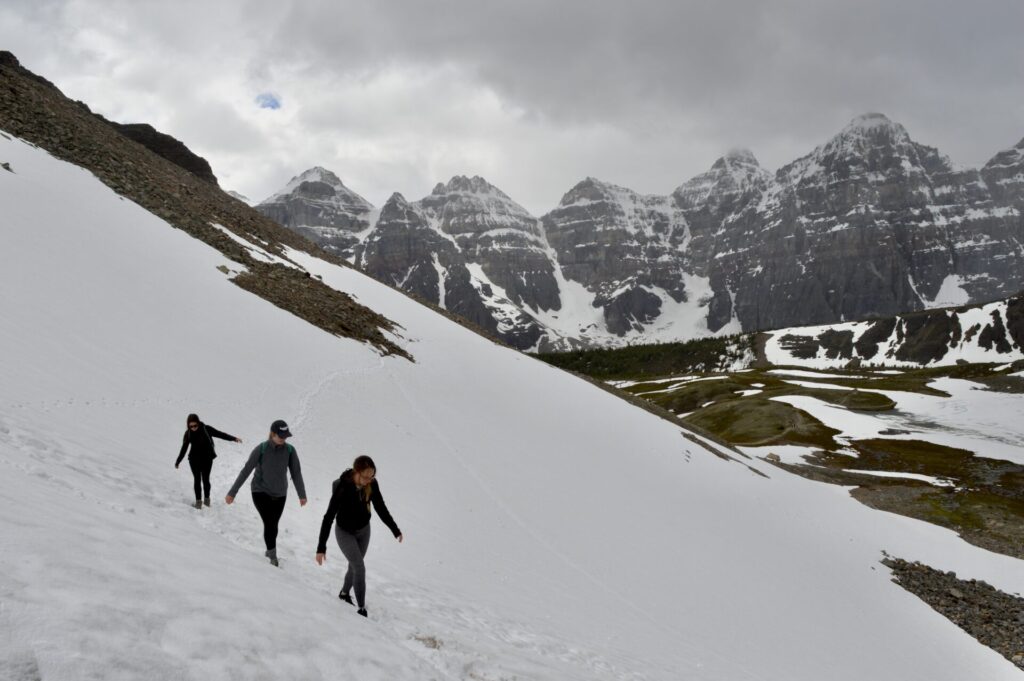
Happy adventuring!
Taylor ♡
Like This Post?
Share with friends or save it for later!
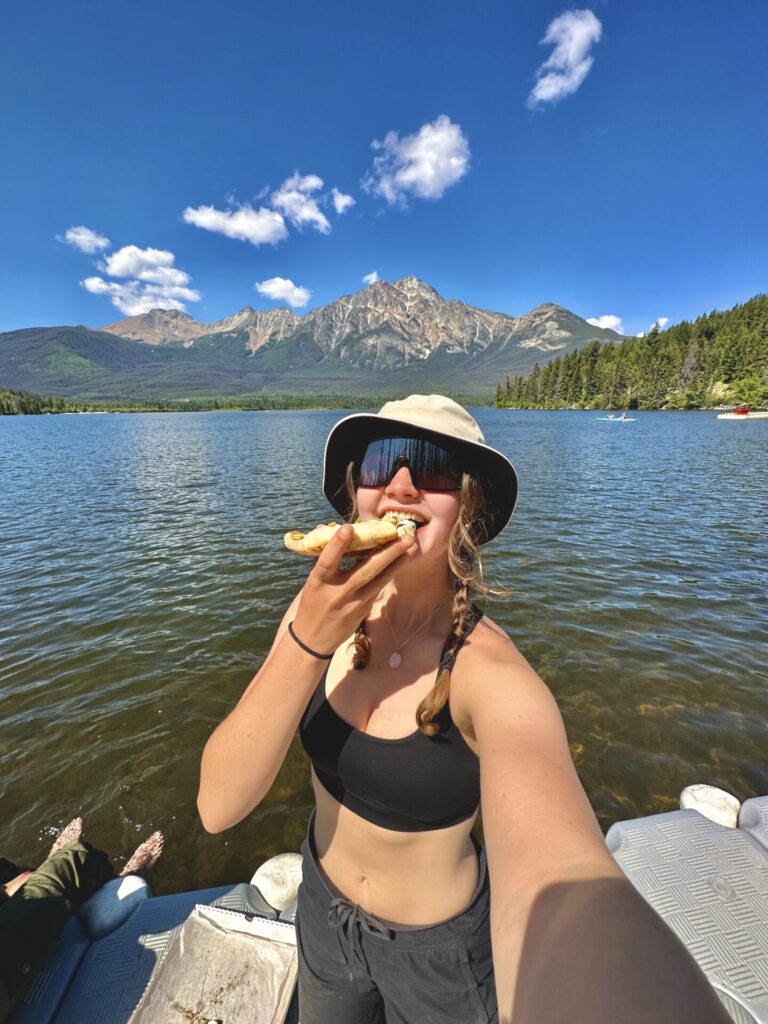
About The Author
HI, I’m Taylor – the voice behind The Holistic Backpacker.
After moving to Banff National Park in 2020 I became an outdoor adventure enthusiast and vowed to never stop exploring.
I now spend my days travelling the world, climbing mountains, and spending nights under the stars in the Canadian Rockies backcountry.
I created The Holistic Backpacker so I could share my adventures and help connect people like you with the same amazing experiences.


